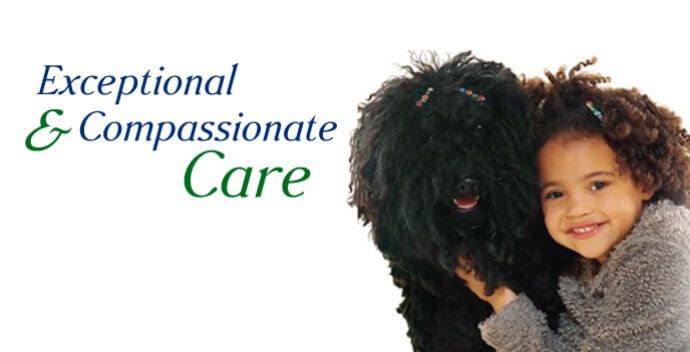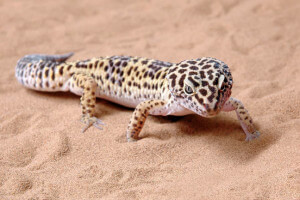Lizards for Beginners
Lizards make great pets because they don’t cause allergic reactions in people who are generally allergic to dogs and cats. For first time lizard owners knowing what type of lizard to choose and how to choose the lizard makes all the difference.
Captive bred lizards make the best pets because they are generally healthy, less skittish and easier to handle than wild lizards. Wild lizards tend to carry parasites and be less healthy because of the stress associated with capture, transport and captive conditions. These components make wild lizards more susceptible to illnesses.
Buying captive bred lizards helps to maintain the wild populations. Before buying a lizard research the type of lizard you are going to buy. You’ll want to know how big the lizard will grow, how long it will live and if the lizard carries salmonella. Some lizards can grow to be 5-6 feet long and live a very long time. If the lizard does carry salmonella you’ll want to know what the risks are associated with salmonella and how to reduce the harm it can cause you.
While the initial purchase of the lizard can be relatively inexpensive, the equipment can cost many times more than the actual lizard. Once you have decided on the breed of lizard you want make sure you buy the right equipment and have it all set up and ready for the lizard to come home. This can reduce the stress on the lizard.
The best breed of lizard for a first time owner are: Leopard Geckos, Crested Geckos, Fat Tailed Geckos, Bearded Dragons, Blue Tongued Skins, and Green Anoles. The last thing you’ll want to know before buying the lizard is the health and conditions it has been living in. Overcrowding can cause illness and weakness in smaller lizard breeds.
Here are a list of pointers to help you find a healthy lizard:
1) Look all over the body to make sure the lizard isn’t emaciated or too skinny. Their hips and tails will tell you if they’re too skinny. Lizards should be well fleshed. Snakes should have round bodies, their backbone shouldn’t be visible. Turtles should have ample flesh between their neck and front legs.
2) Look at the skin for wrinkles or dullness, these can indicate dehydration. Skin should be supple and wrinkle free and not be bitten or scratched. Their bellies should be smooth and not burnt. Turtles should have hard shells with no defects. Turtles with soft shells or defected shells may be seriously ill.
3) Check for cleanliness, there should be no fecal matter on its belly or back.
4) Check vent for dried feces or urates. If these are caked on the vent could be a sign of illness or parasites.
5) Check eyes, they should be clean and free of discharge or mucous. Swollen eyes indicate serious illness, especially in turtles.
6) Watch for runny noses or mucous around nostrils. In some species a salty discharge is normal.
7) Check mouth for pale pink or grayish color and possible yellow, white or green patches. These al indicate signs of illness or mouth rot. Also be wary of stringy or ropy looking saliva. Mouths should be a healthy pink and smooth.
8) Check head for swelling and symmetry. The presence of the asymmetry or swelling can indicate illness or infection.
9) Check for mites, pay close attention to the head, belly and neck for tiny moving specks that can be black, dark brown, reddish brown, or orange in color.
10) Ask to handle the lizard. Check for strength. Docile and limp means animal is probably ill. Handle a variety to get used to the muscle tone. Weakness or shakiness are signs of illness as are twitches or tremors.
11) Assess reptiles behavior for alertness, brightness and responsiveness. Healthy reptiles resist capture and initially fight being held. Tame reptiles are easier to hold, but should still be responsive and bright.
12) Look for signs of respiratory disease which includes discharge from the eyes and nose or open mouth breathing. Listen for clicking or wheezing.











 Website Created by TCP Global Solutions
Website Created by TCP Global Solutions